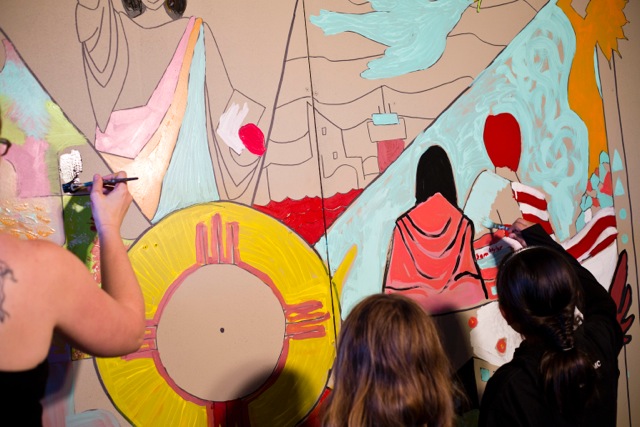
7 tips for Giving Day newcomers
Organizing a Giving Day can seem like a gargantuan task. But five Giving Day experts demystified the process during a Knight Foundation webinar aimed at newcomers to these online fundraising campaigns. You can listen to the full recording here. When you do, here are seven of the many lessons you will learn from Victoria Fear of The Miami Foundation, Courtney Bengston of the Wichita Community Foundation, Barbara Fischer of the Blue Grass Community Foundation, Mike Berkowitz of Third Plateau Strategies and moderator and trainer Beth Kanter. Related Link
1. Set a goal: So many first-time organizers neglect to do this first important step. Your goal may be to raise a certain amount of money – or it may be something else entirely like engaging a particular set of donors, or trying to bring new endowment funds to a community foundation. Whatever it is, make sure it’s measurable. “You can’t do everything with your Giving Day, so being clear about your goal is really critical,” Berkowitz said.
2. Know too that your goals may shift over time: The Wichita Community Foundation launched it’s one-day campaign to support the local arts as a way to raise its community profile. Several years later, they’ve hit that goal. Now the foundation is looking at ways to use the day to highlight its services, including fund management and community leadership, said Courtney Bengtson, the foundation’s director of communications.

Photo credit: Blue Grass Community Foundation
3. Consider sustainability: When starting out, think about how your institution will benefit from the Giving Day – in addition to the benefits that local nonprofits and the community receive. Some foundations struggle with this idea, Berkowitz said, but it’s important for the day’s long-term success to map out just how the foundation will benefit. (Read about some ways community foundations are doing this.)
4. Prepare nonprofits to engage on social media: At the Blue Grass Community Foundation, which runs the multi-week Good Giving Guide Challenge, social media is a big part of the initiative. So the foundation requires nonprofits to post about the effort on Facebook and Twitter and to send emails to supporters. They also offer training for social media novices.
5. Communicate clearly about the prizes available: When The Miami Foundation started Give Miami Day, it offered a percentage match to all donations given. Because they raised so much money though, the actual match wasn’t very big and some nonprofits were disappointed. Now the foundation calls this funding a “bonus pool.” (Here’s more information on Giving Day prizes.)
6. Find a mentor: A growing number of community foundations have Giving Days under their belt. Bengston suggests finding one to walk you through their process. “They are more than willing to share their successes and improvements,” Bengston said. You can also ask for advice on the Facebook group the Giving Day Exchange, which Knight started.
7. Start early with sponsorships and be flexible: The Miami Foundation recruits Giving Day sponsors six to 10 months ahead of time and helps them cater their sponsorship. For example, the Health Foundation of South Florida offers its Give Miami Day matching funds to nonprofits focused on health and wellness.
You can find more information and tips in The Giving Day Playbook and in Knight Foundation’s report, 10 Lessons for Community Foundations Planning Giving Days.
And don’t forget to sign-up for our three upcoming webinars on high-level advice for Giving Day organizers on landing corporate sponsorships, improving branding and reaching diverse donors. All are free. Register at givingdayplaybook.org/webinar.
Recent Content
-
Community Impactarticle ·
-
Community Impactarticle ·
-
Community Impactarticle ·



